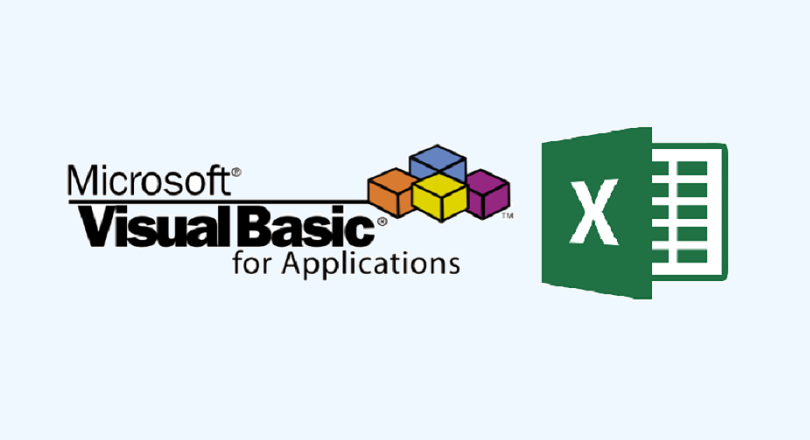
Free eBooks for Beginners
VBA, or Visual Basic for Applications, is a programming language that can be used to automate tasks in Microsoft Office programs like Excel, Word, and PowerPoint. If you’re new to VBA, one of the first things you’ll need to learn is how to declare variables.
A variable is a container that holds a value. In VBA, you can use variables to store numbers, text, or even objects like a range of cells in Excel. When you declare a variable, you give it a name and a data type, which tells VBA what kind of value the variable will hold.
For example, let’s say you want to declare a variable to store a number. You would use the keyword “Dim” (short for “dimension”) to declare the variable, followed by the variable name and the data type “As Integer”. It would look like this:
Dim myNumber As IntegerYou can also assign a value to a variable when you declare it by using the equal sign (=). For example, if you wanted to declare a variable called “myAge” and assign it the value 25, you would write:
Dim myAge As Integer = 25Another data type you might use in VBA is “String” which can store text. To declare a variable that holds text, you would use the data type “As String”. For example:
Dim myName As String = "John Doe"In addition to Integer and String, VBA has several other data types you can use, such as Double (for decimal numbers), Boolean (for true/false values), and Object (for storing objects like a range of cells in Excel).
Once you’ve declared a variable, you can use it throughout your VBA code. For example, you could use the variable “myNumber” in a calculation, or display the value of “myName” in a message box.
It’s important to note that variable names in VBA must start with a letter and can’t contain spaces or special characters. They should also be descriptive so that it is easy to understand what they are used for.
In summary, declaring variables in VBA is a basic but important step in creating macros and automating tasks in Microsoft Office programs. By giving a variable a name, data type, and value, you can use it to store and manipulate data in your code.
VBA for Beginners – Chapter 05 : Declaring Variables
 Loading...
Loading...
Disclaimer: The information and code presented within this recipe/tutorial is only for educational and coaching purposes for beginners and developers. Anyone can practice and apply the recipe/tutorial presented here, but the reader is taking full responsibility for his/her actions. The author (content curator) of this recipe (code / program) has made every effort to ensure the accuracy of the information was correct at time of publication. The author (content curator) does not assume and hereby disclaims any liability to any party for any loss, damage, or disruption caused by errors or omissions, whether such errors or omissions result from accident, negligence, or any other cause. The information presented here could also be found in public knowledge domains.
Learn by Coding: v-Tutorials on Applied Machine Learning and Data Science for Beginners